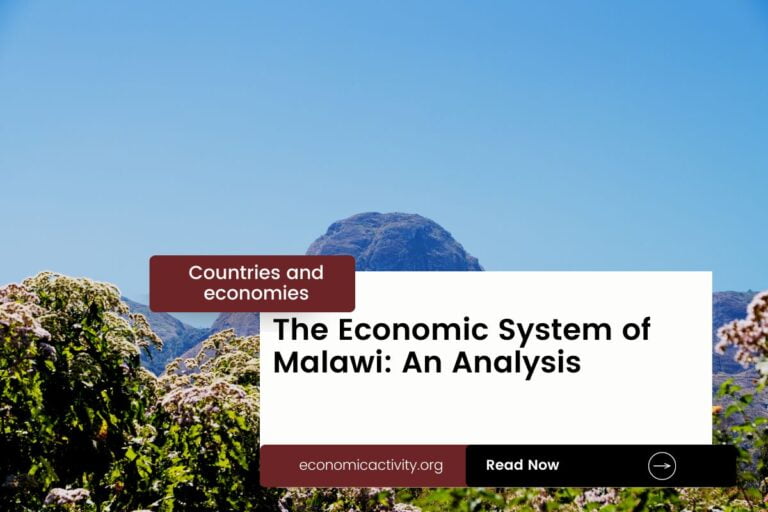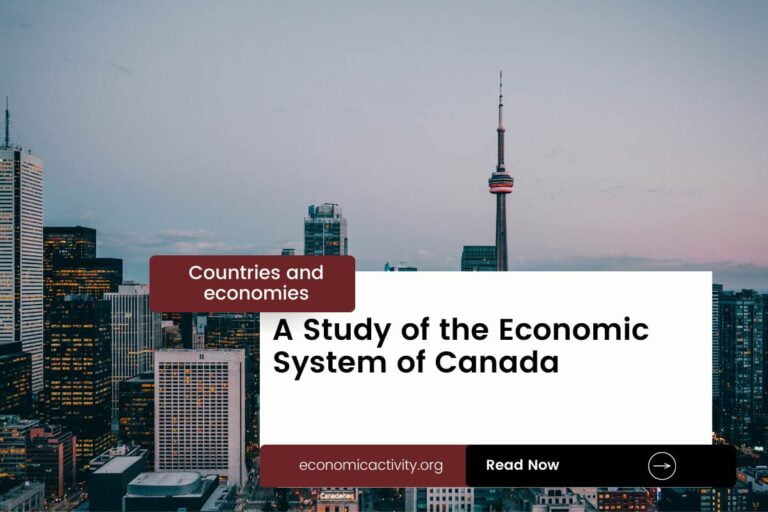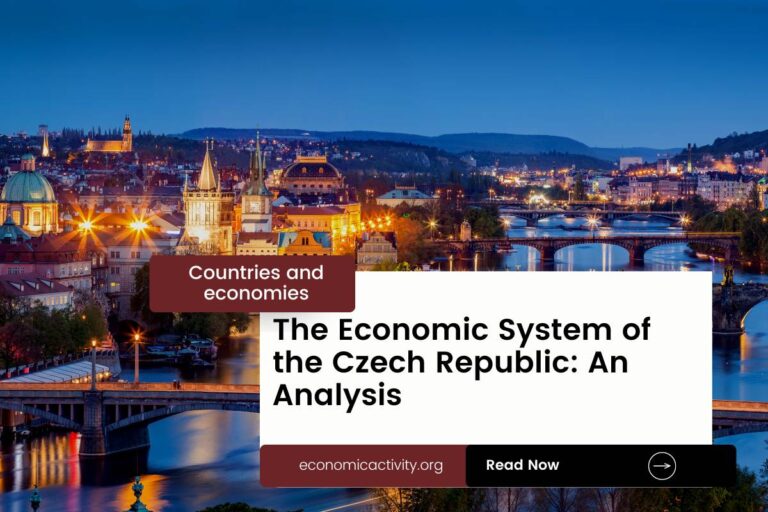Singapore, with a population of 5,637,022, ranks 110th globally, just behind Denmark. Located in Southeast Asia, it covers 728 square kilometers, ranking 171st, with Dominica just below.
Singapore, with a GDP of $466,788,426,791.96 in 2022, holds the 32nd rank globally. It follows Austria, which has a GDP of $470,941,926,750.74. Singapore’s GDP per capita in 2022 is $82,807.63, ranking 9th worldwide.
It is surpassed by Qatar, with a GDP per capita of $87,661.45. Singapore’s economic position is strong, with a robust GDP and a high GDP per capita, reflecting its status as a prosperous and developed nation in the global economy.
What are the economic activities of Singapore?
- Primary activities: 0% of GDP.
- Secondary activities: 24.8% of GDP.
- Tertiary activities: 75.2% of GDP.

Primary Sector of Singapore
Singapore’s primary sector, particularly its agricultural activities, is limited due to its small land area and urbanization. With only 0.92% of land dedicated to agriculture, the country produces a variety of crops and animal products. The main agricultural products include chicken, eggs, pork, vegetables, duck, spinach, pork offal, pork fat, cabbages, and lettuce.
Despite agriculture contributing only 0% to the GDP, these products are vital for food security and self-sufficiency. The sector plays a crucial role in ensuring a diverse and sustainable food supply for the population.
The country’s geological diversity, ranging from coastal regions to deep sea, influences its abundant natural resources. Fish from its waters and deepwater ports play a critical role in driving the economy, supporting industries like fishing, shipping, and trade.
Secondary Sector of Singapore
What is the secondary sector or what are secondary activities?
The secondary sector involves industries that transform raw materials into finished products for consumption. In Singapore, major industrial products include electronics, chemicals, petroleum refining, biomedical products, processed food, ship repair, and telecommunications equipment. Other notable products are oil drilling equipment, scientific instruments, offshore platform construction, and entrepot trade services.
Manufactures play a crucial role in Singapore’s total exports, accounting for 73.07% in 2023. This highlights the significant contribution of the manufacturing sector to the country’s economy and global trade.
Tertiary sector of Singapore
What is the tertiary sector or what are tertiary activities?
The tertiary sector in Singapore encompasses services that enhance productivity and meet needs. Key activities include restaurants, healthcare, education, banking, communication, media, tourism, transportation, and security services. These sectors contribute significantly to Singapore’s economy by providing intangible goods like expertise and advice.
Highlighting these, Singapore’s economy heavily relies on tourism, contributing significantly to its GDP. With 19,116,000 annual arrivals (3.39 times its population), popular destinations like the iconic Marina Bay Sands and the vibrant Sentosa Island attract millions, driving the country’s thriving tourism industry.
Another example of tertiary economic activity is the mobile cellular sector, with 9.4 million subscriptions, equating to 156 per 100 inhabitants. This extensive connectivity fosters technological growth and innovation.
Military Activities and Economic Sectors of Singapore
The military is a key example of how different economic activities work together. In Singapore, the primary sector helps provide resources needed for military use. The secondary sector focuses on manufacturing equipment and weapons. The tertiary sector includes services like training and support, while the quaternary sector is involved in research and development for better technology. Lastly, the quinary sector deals with high-level decision-making and military strategy.
In 2023, Singapore’s military expenditure was about 13.2 billion US dollars, which is 2.77% of its GDP. The country has an active military force of 51,000 personnel, giving it 51.9 active military members for every 1,000 people. This shows how deeply the military is connected to various economic activities in Singapore.
International Trade of Singapore
Import Activities of Singapore

Singapore’s import activities are critically important, with imports totaling $70.16 billion, representing 150.31% of its GDP in 2023.
Singapore’s import activities are diverse, with key partners like China, Malaysia, and the US. Import commodities include integrated circuits, petroleum, gold, and machinery.
Exports Activities of Singapore

Singapore’s total exports in 2023 reached $870.8 billion, accounting for a high 186.55% of its GDP. This reflects the crucial role export activities play in driving Singapore’s economy and global trade.
Singapore engages in diverse export activities, with top partners like Hong Kong, China, and Malaysia. Key exports include integrated circuits, refined petroleum, machinery, gold, and gas turbines.
Singapore economy challenges in 2024
Singapore, a high-income economy, faces challenges in 2024 with rising competition in financial markets and the need to adapt to changing global trade dynamics. The country’s focus on business-driven regulations may require adjustments to maintain its competitive edge. Continued investment in education is crucial to meet evolving industry demands and sustain its position as a key exporter of electronics, oil, and chemicals.




Leave a Reply